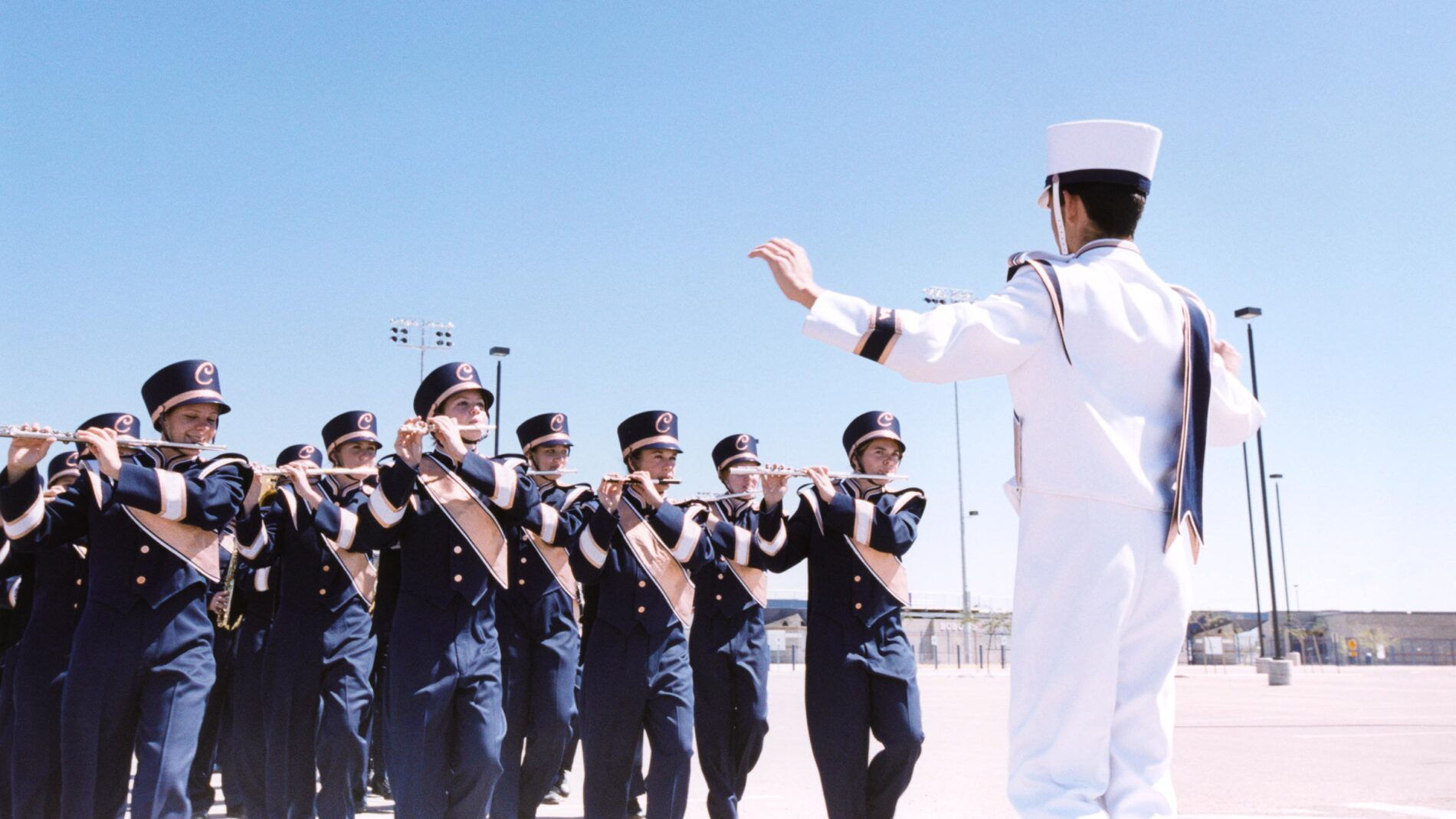Tanya is the cleanliness support coordinator who audits the planes and is responsible for the team. When I met her, she took me to the agent at the ticket counter to get my pass for the day.
“Isn’t her smile the best?” Tanya said before explaining how long the ticket agent had been with the company and pointing out her favorite things about working with her. Next, as we went through security, Tanya found a TSA officer and asked how his vacation went and about his kids by name.
We descended into the cramped hallway at the tarmac level. It was bustling with workers moving in and out to meet flights. Tanya stopped and asked a cleaner we passed how his daughter was. He pulled up a photo on his phone, beaming. Then, she asked him a question she asked everyone that day: “Is there anything you need from me?”
Tanya’s supervisor told me she’s in the top 10% of leaders in the organization. In an occupation often rendered invisible, Tanya makes everyone feel seen. She notices—an overlooked but foundational leadership skill that’s increasingly needed today.
The Power and Urgency of Noticing
In January 2025, Gallup reported employee engagement hit its lowest point in a decade. During that same timeframe, services to improve engagement became a $1 billion industry and organizations invested millions in well-being programs and perks. Yet seven in ten people are still disengaged. Why?
One data point stands out: Just 39% of employees in the sample strongly agreed that someone at work cares for them as a person. That data mirrors 2023 findings from the human capital management firm Workhuman, showing that 30% feel “invisible” and 27% feel “ignored.”
It’s hard for people to care if they don’t first feel cared for. Feeling seen is essential to fulfilling our fundamental need to matter—a prerequisite for motivation, well-being, and lasting engagement. Noticing is the deliberate act of paying attention to the details, ebbs, and flows of someone’s life and work.
When I asked Tanya how she developed her approach, she told me that her supervisor—a director-level leader—is “always there for me.” He makes her feel seen. Tanya then does the same for her team. When leaders model the behaviors of truly seeing everyone in their everyday interactions, the people they serve are more likely to do it for those they lead. This is a critical reminder of the cascading effect of noticing people, especially for senior leaders.
How Leaders Notice
So, how do we become better noticers? Here are three ways leaders—whether you manage a small team or lead an entire organization—can do just that.
Know the barriers to seeing others
Leaders are always crunched for time, and the first barrier to truly seeing others is hurry. While researching my book The Power of Mattering, an employee named Sonia shared this story: “[My manager and I] would have a weekly check-in, and almost every time my boss would show up with five minutes left in the meeting and leave right when it ended. She’d say, ‘Sorry, I was busy again.’”
Sonia was new to her role, a new mother, and needed support. “It was terrible. Absolutely terrible. It came to the point that I’d journal and cry and then keep going,” she said.
Hurry and care can’t coexist. Noticing others takes time, but when leaders rush, it becomes too easy to cancel a one-on-one meeting, forget to check in on an employee who’s struggling, or answer a few more emails instead of connecting with a team member.
Noticing also requires attention, and the erosion of our ability to pay attention is another barrier to seeing others. Research by psychologist Gloria Mark shows that our average attention span for a single activity has decreased from over two minutes in 2004 to just 47 seconds today. The decrease is due to increased distractions and information overload.
One result of the strain on our attention is that interactions become automatic. Our one-on-ones start the same. Performance evaluations become robotic. The weekly team meeting becomes habitual. Walks down the hall turn into a rush to a meeting room, avoiding eye contact with those we’re passing by. This attentional autopilot can cause us to miss signals: An employee starts sharing less, a colleague’s voice takes on a different tone, or someone seems less energized than they used to be.
The good news is we can get out of attentional autopilot through “articulated intention”—being deliberate in setting goals for how we want to show up in our interactions to ensure we’re making people feel seen. This starts consciously deciding to slow down, make space, and use our time to pay deeper attention.
Make space and use time for connection
Leaders need to proactively make space and use their time to connect more deeply. This doesn’t mean adding more meetings. Tanya is a busy leader in a busy job, but she practices something I’ve seen many beloved leaders do: She optimizes the interactions she already has.
Here are some ways to start:
- Use real-time interactions for relationship-building. The adage “most meetings could be emails” is popular because most meetings and interactions at work are information transactions. Save those for email and other text-based platforms. What can’t be an email is checking in on how someone is doing on a project they were struggling with, seeing how an employee whose parent is in the hospital is doing, or supporting someone who’s been overloaded. Make space for discussing how people are doing, not just what they do, in your real-time interactions.
- Leverage in-between moments. The composer Claude Debussy wrote, “Music is the space between the notes.” It’s in that space that the sounds are heard and felt. The same is true in an organization. The “notes” are the formal meetings, evaluations, or other scheduled touchpoints. Culture and connection are built in the in-between spaces—the few minutes before a virtual meeting starts, running into a colleague on the elevator, or the couple of seconds after you’re wrapping up a phone call. Use these transitions as checkpoints.
- Pay attention and use noticing language. When you create space and start using time to connect, pay deep attention. One way to immediately improve your attentional skill is to write down what you observe. I worked with a lead nurse in an emergency room who uses a memo pad to keep track of positive patient outcomes. She then starts her team huddles sharing a positive story and recognizing their role in it. As you share back what you note and observe, use noticing language: “I saw that…” “I wrote down that…” or “I remembered that…” These are all signals to people that they’re seen.
Gather the data to notice others
As Tanya passed by employees, she asked, “Is there anything you need from me today?” As a result, the team shared details about their work, asked questions about future scheduling, and discussed challenges they were having. If she asked, “How’s your day going?” or something just as mundane, it’s unlikely she would have had the details she needed to address their concerns.
To gather better information so you can truly see others, try the following:
- Ask meaningful questions. Go beyond the greetings like “How are you?” or “How’s your day?” Ask questions that reveal the details of people’s lives and work. Your questions should be clear, open, and exploratory. For example, “What has your attention today?” or “What’s been most meaningful today?” or “What is challenging you right now?” Ask questions that allow for more than a “yes” or “no” response. Instead of, “Did the meeting go well?” you might ask, “What was most interesting to you in that meeting?” Finally, be exploratory, not evaluative. Instead of, “What’s the status on the project?” you might ask, “What’s been working well on that project? Any roadblocks I can help with?”
- Check-in on energy and emotions. Energy and emotions are also data we need to lead people better. One well-researched practice is to do a green, yellow, or red check-in to get a sense of people’s energy (green means you’re able to be present, yellow means you’re somewhat stressed, red means you’re overloaded). Or you might ask: “What’s giving you energy today? What’s taking away energy today?” What’s important is to not jump in to “fix” what you observe—awareness is the goal. Later, you might say, “I noticed you were a ‘red’ today, what can I do to help?”
- Monitor recurring struggles and offer “proactive compassion.” The more you start to see others, the more you’ll learn about what people struggle with. One way to build the skill of compassion is to regularly reflect on the difficulties you notice. Are they tied to certain season? A particular project or objective? Then, think about the signs you may look for to anticipate that struggle. Finally, identify the resources you have or actions you can take to alleviate that struggle. This type of “proactive compassion” signals to someone that you see them and are there to support them.
Leadership Happens in Your Next Interaction
“Relationships are my job,” Tanya told me at the end of the day. “Everything else, including quality, follows.”
For leaders at all levels, the quality of the outcomes you get from people is usually determined by the quality of your relationships with them. Quality relationships start with quality interactions, and feeling seen in these interactions can predict feelings of trust, the foundation of high-performing teams. Take the time to ensure every interaction you have begins and ends with noticing the people around you.











